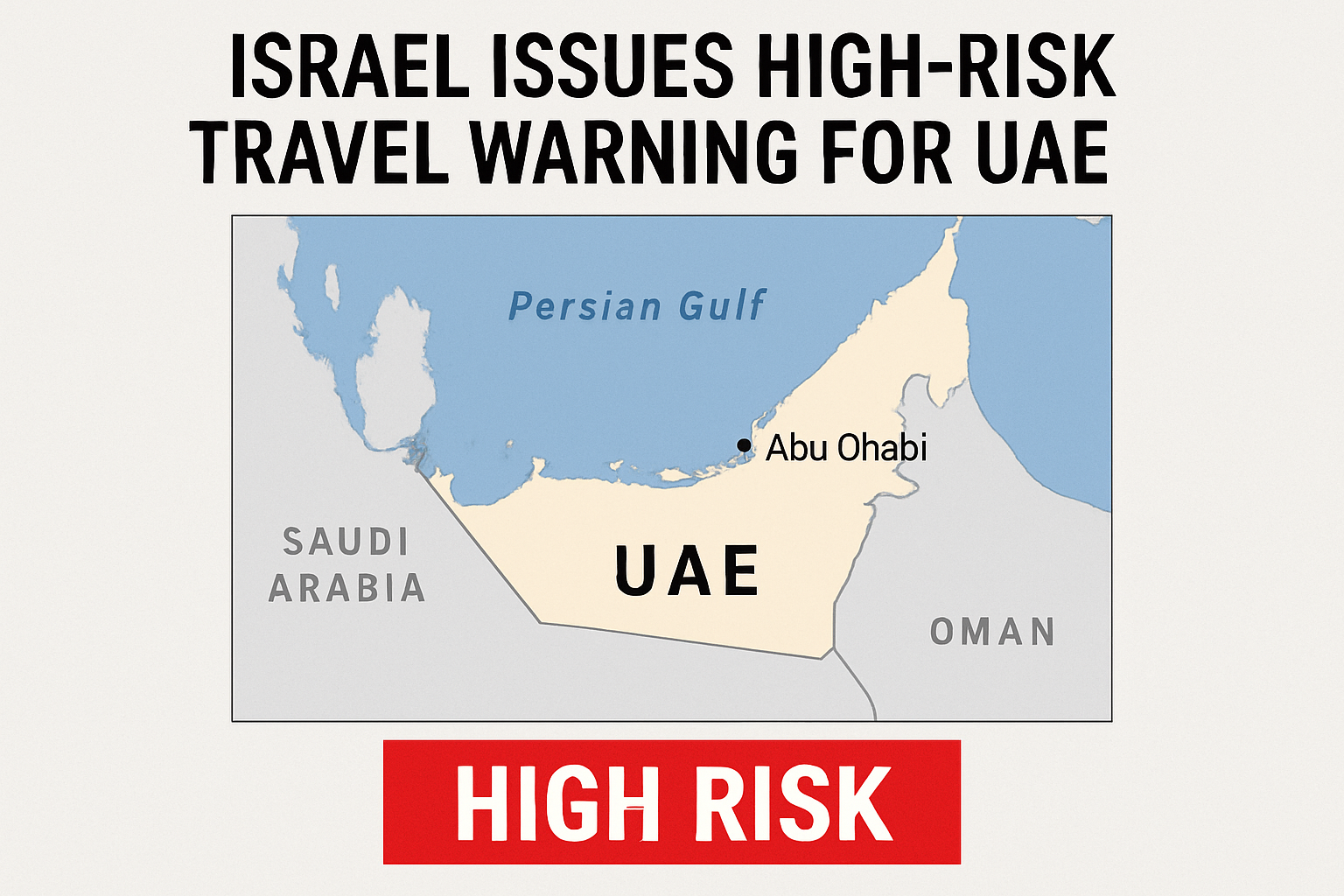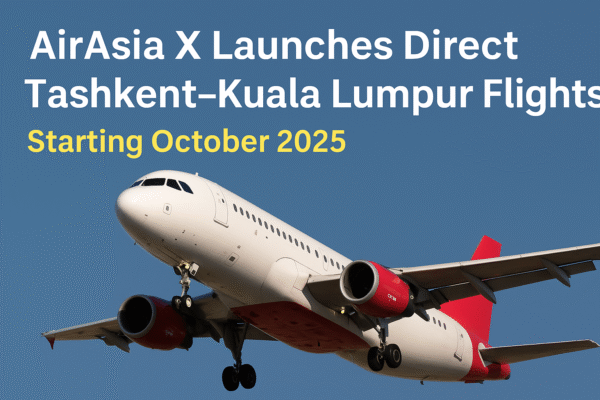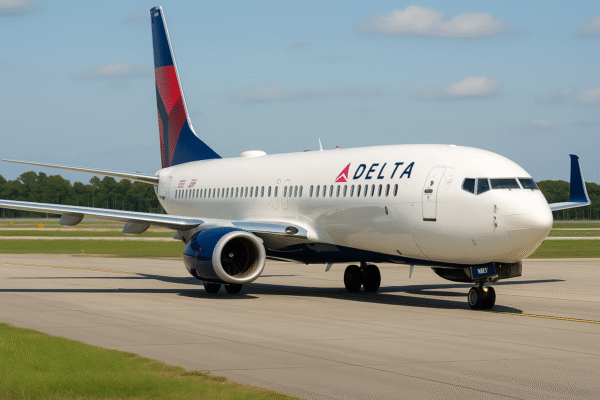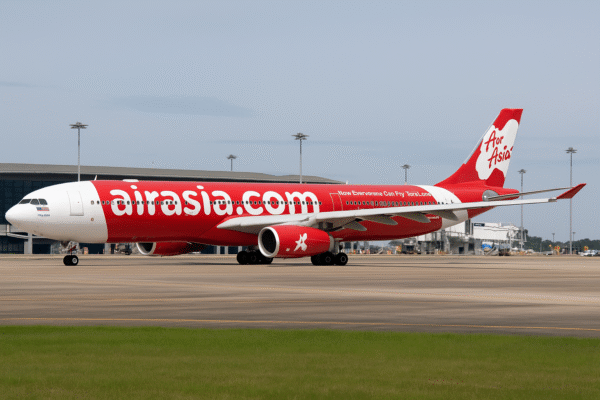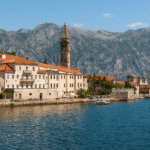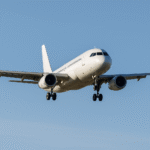In a bold move to establish itself as Africa’s premier tourism and travel hub, Morocco has initiated sweeping leadership changes within its national airport authority, ONDA (Office National Des Aéroports), in line with its visionary Airports 2030 strategic plan. This transformation marks a significant leap toward modernizing the nation’s aviation infrastructure, increasing airport capacity, and enhancing the overall travel experience for domestic and international visitors.
The reorganization of top airport officials is designed to strengthen Morocco’s operational readiness and position the country for a record influx of visitors expected in the lead-up to global events like the 2030 FIFA World Cup, which Morocco will co-host alongside Spain and Portugal.
✈️ Airports 2030: A $3.6 Billion Investment in Morocco’s Future
At the core of Morocco’s aviation strategy is the Airports 2030 program—an ambitious 38 billion MAD (approximately €3.6 billion) national investment plan spanning 2025–2030. The initiative is focused on significantly expanding capacity, improving logistics, and transforming major terminals to meet international standards.
Key infrastructure projects include:
- Casablanca Mohammed V International Airport: A new terminal with a capacity to handle over 20 million additional passengers annually. The terminal will include two runways, modern architecture inspired by Arab and Atlantic influences, integrated rail links, and premium passenger lounges.
- Marrakech, Agadir, Tangier, and Fez Airports: Each slated for capacity upgrades, terminal refurbishments, and improved digital navigation systems to meet growing regional tourism demands.
By 2030, Morocco aims to double national airport capacity—from around 38 million passengers per year today to 80 million—to accommodate long-term tourism and economic growth.
👥 Strategic Leadership Shift: Operational Excellence Meets Vision
Recent appointments within ONDA are geared toward streamlining project execution and improving service delivery. Directors for key functions, including air navigation and airport operations, have been reassigned, with new interim leadership installed to ensure continuity.
The internal reshuffling also prioritizes talent retention and internal promotions—leveraging experienced professionals familiar with Morocco’s operational landscape. These leadership changes aim to speed up infrastructure modernization while embedding innovative, passenger-centered solutions.
The management shift is expected to:
- Enhance safety, navigation, and on-time performance
- Optimize baggage systems and passenger flow
- Improve ground coordination and airport services
🌍 Tourism Surge and Economic Momentum
According to Morocco’s Ministry of Tourism, the country welcomed 17.4 million tourists in 2024, a 20% increase from 2023. Tourism now contributes nearly 8% to Morocco’s GDP, employing hundreds of thousands across hospitality, transport, and cultural sectors.
The majority of tourists—up to 90%—arrive by air, reinforcing the urgency of expanding aviation capacity. Morocco’s national tourism board has also ramped up marketing efforts to showcase secondary cities and inland gems like Ouarzazate, Meknes, and Chefchaouen, broadening the appeal beyond coastal destinations.
IATA (International Air Transport Association) has praised the Airports 2030 plan, emphasizing its role in supporting over 856,000 jobs and generating nearly $11 billion USD in economic output in 2023 alone.
🚄 Intermodal Connectivity: Rail and Air United
Beyond terminals and runways, Morocco’s transport vision includes integrating high-speed rail networks with major airports. Notably, Casablanca’s Mohammed V Airport will link with the Al Boraq high-speed train that already connects Casablanca to Tangier via Rabat and Kenitra.
This multi-modal connectivity ensures that arriving passengers can seamlessly transition from air travel to rail, reaching inland tourist destinations in record time—an essential feature for global events such as:
- 2025 Africa Cup of Nations
- 2030 FIFA World Cup
🛫 Airports as Destination Hubs: Retail, Green Design, and Digital Services
The Airports 2030 strategy redefines the role of airports, transforming them into lifestyle spaces and cultural gateways. Planned upgrades include:
- Smart check-in kiosks and facial recognition for faster processing
- Green spaces and Moroccan architectural aesthetics
- Retail promenades, luxury lounges, and business centers
- Transit hotels for long-haul travelers
- Enhanced digital systems for baggage tracking and in-terminal navigation
Casablanca’s terminal, for example, will feature Arabesque motifs and wave-like designs inspired by Atlantic architecture, creating an immersive travel environment that reflects Moroccan identity.
💡 Future-Proofing Through Training and Innovation
ONDA is prioritizing human capital development as part of its transformation. Staff across all airport levels are undergoing technical training, safety drills, and digital upskilling to align with the evolving aviation ecosystem.
By cultivating a workforce that is agile and globally competitive, Morocco ensures that infrastructure investments are matched with excellence in service delivery.
✈️ Conclusion: Morocco’s Skyward Future
As Morocco positions itself for a new era in tourism and global events, the Airports 2030 strategy and leadership transformation represent a major leap forward. With cutting-edge terminals, expanded flight options, and world-class service, the country is not just upgrading its airports—it’s redefining the entire travel experience.
Morocco is ready to welcome 26 million tourists annually by 2030, and thanks to smart investments and visionary planning, travelers can expect a seamless journey that begins the moment they land.
For more travel news like this, keep reading Global Travel Wire







